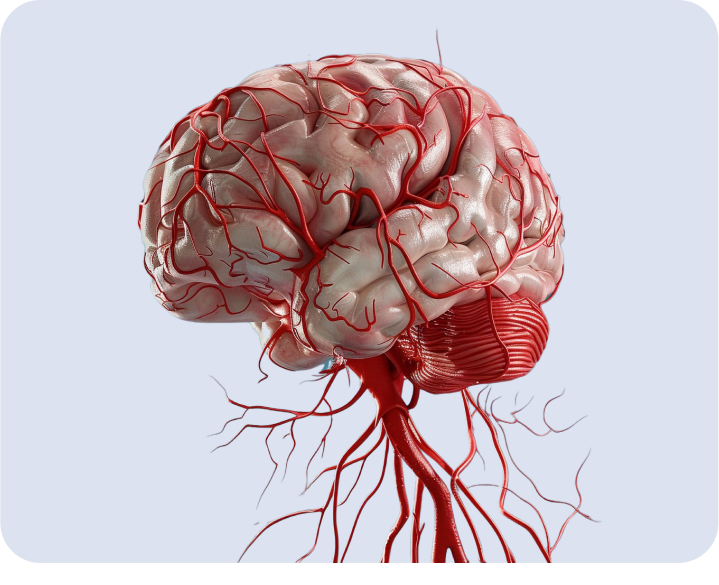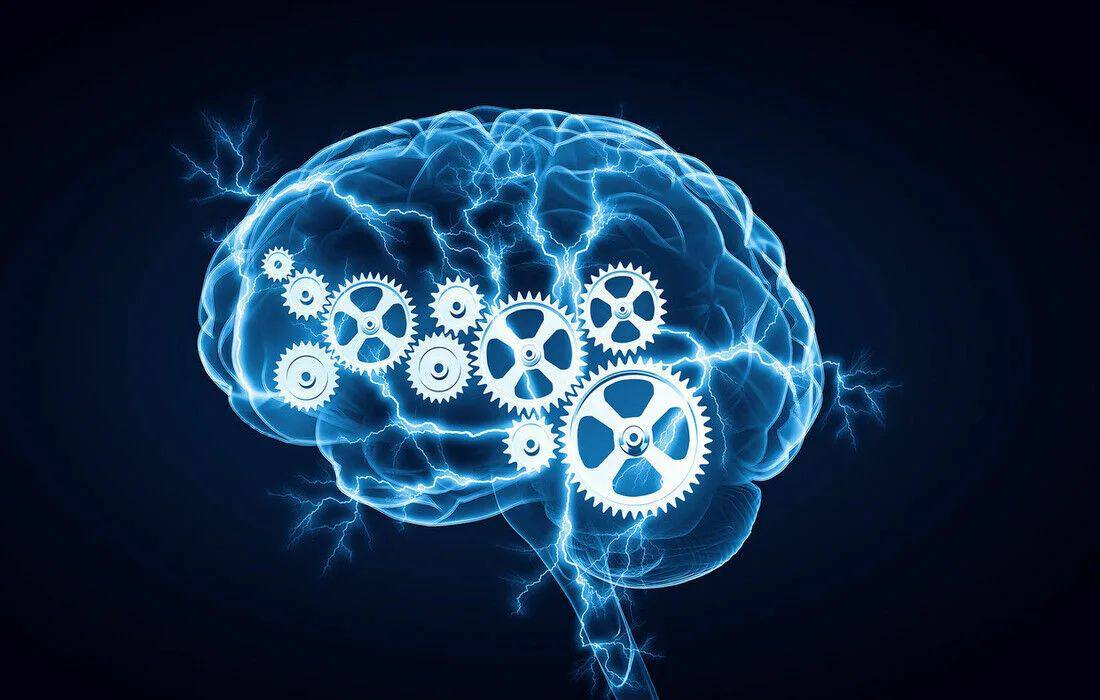Library - Page 3
Registered on ClinicalTrials
The dynamics of domains of emotional-cognitive and motor disorders in the structure of the PIT syndrome in patients who have undergone acute cerebral failure
Authors:
Belkin V.A., Vasilchenko I.E., Belkin A.A.
The value of mitochondrial dysfunction in stabilization
Registered on ClinicalTrials
VLASOVA A.S. 1.4* , MALISHEVSKAYA T.N. 2* , PETROV S.A. 1.3* , GUBIN D.G. 5* , PETROV S.YU. 2* , FILIPPOVA Yu.E. 1*
1* ANCOO DPO “West Siberian Institute of Postgraduate Medical Education”, Tyumen, Russia;
2* FSBI "NMIC of eye diseases named after Helmholtz »Ministry of Health of Russia, Moscow, Russia;
3* FGBUN "Federal Research Center of the Tyumen Scientific Center of the Siberian Branch of the Russian Academy of Sciences", Tyumen, Russia;
4* Gauz of the Tyumen region "Regional ophthalmology dispensary" of the Ministry of Health of Russia, Tyumen, Russia;
5* FSBEI in "Tyumen State Medical University" of the Ministry of Health of Russia, Tyumen, Russia
Modern approaches to the diagnosis and treatment of autonomic dysfunction syndrome in children
Author:
Nemkova S.A.
FGAOU in Russian National Research Medical University named after N.I. Pirogov "of the Ministry of Health of Russia (Pirogov University), Moscow, Russia
The influence of Mexidol in the composition of complex therapy on the perception of life by a patient with heart failure
Authors:
Tolkacheva V.V., Karapetyan L.V., Khutsishvili N.I. , Galochkin S.A., Kazamedov E.R., Kobalava Zh.D.
The study of the influence of ethylmethylhydroxypyridine of succinate on the effectiveness of non -steroidal anti -inflammatory drugs with visceral and somatic pain in the experiment on mice and rats
Author:
Ivanova E.A., Vasilchuk A.G., Matyushkin A.I. , Voronina T.A.
FGBNU "Research Institute of Pharmacology named after V.V. Zakusova ”, Moscow, Russia
The role of oxidative stress in acute experimental hemorrhagic stroke and therapeutic effects of Mexidol
Authors:
Voronina T.A., Kraneva V.A., Zolotov N.N., Kotelnikova S.O., Valdman E.A.
FGBNU "Research Institute of Pharmacology named after V.V. Zakusova ”, Moscow, Russia
The influence of Mexidol on cerebral mitochondriogenesis at a young age and with aging
Authors:
Kirova Yu.I. 1*, Shakova F.M. 1*, Germanova E.L. 1*, Romanova G.A. 1*, Voronina T.A. 2*
1* FGBNU "Scientific Institute of General Pathology and Pathophysiology", Moscow, Russia;
2* FGBNU "Research Institute of Pharmacology named after V.V. Zakusova ”, Moscow, Russia
Heroprotective effects of ethylmethylhydroxypyridine of succinate in an experimental study
Author:
Voronina T.A.
FGBNU "Research Institute of Pharmacology named after V.V. Zakusova ”, Moscow, Russia
The effect of Mexidol on physical performance and lactate in the blood of rats in conditions of light desingronosis
Authors
GOSTYUKHINA A.A. , Zaitsev K.V. , Torchoshchina T.A. , Svetlik M.V.
Place of publication:
Journal of Neurology and Psychiatry, 11, 2018
The influence of Mexidol on the expression of the NRF2 transcription factor in the cortex of the large hemispheres of the brain with experimental ischemia
Authors:
Yakusheva E.N., Yamlnikov P.Yu., Chernykh I.V., Schulkin A.V.
FGBOU in the Ryazan State Medical University named after Acad. I.P. Pavlova "of the Ministry of Health of Russia, Ryazan, Russia
Place of publication:
Journal of Neurology and Psychiatry, 5, 2018
The influence of Mexidol on the expression of the factor induced by HIF-1α hypoxia in the cortex of the large hemispheres of the brain of rats with ischemia
Authors:
Yakusheva E.N., Yamlnikov P.Yu., Chernykh I.V., Schulkin A.V.
FGBOU in the Ryazan State Medical University named after Acad. I.P. Pavlova ", Ryazan, Russia
Geronto -informational analysis of the properties of the Mexidol molecule
Authors:
Gromova O.A. 1.2* , Torshin I.Yu. 2* , Fedotova L.E. 1*
1* FSBOU VO "Ivanovo State Medical Academy", Ivanovo;
2* FSBI "Federal Research Center" Informatics and Management "of the Russian Academy of Sciences, Moscow
Comparative chemoreactic analysis of Mexidol
Authors:
Torshin I.Yu. 1* , Gromova O.A. 2* , Sardaryan I.S. 3* , Fedotova L.E. 3*
1* FSBEI in the Moscow Physics and Technical Institute, Dolgoprudny, Russia;
2* FSBEI in the "Ivanovo State Medical Academy" of the Ministry of Health of Russia, Ivanovo, Russia;
3* Federal State Budgetary Institution “St. Petersburg State Pediatric University” of the Ministry of Health of Russia, St. Petersburg, Russia
The distribution of Mexidol in the structures of the brain, its cellular elements and subcellular fractions
Authors:
Schulkin A.V., Yakusheva E.N., Chernykh I.V.
Ryazan State Medical University named after Academician I.P. Pavlova
Mexidol and hepatitis: the results in the experiment and prospects in the clinic
Author:
Farashchuk N.F.
GOU VPO Smolensk State Medical Academy
Features and mechanism of the neuroprotective action of Mexidol with hemorrhagic stroke in the experiment
Author:
Kraneva V.A.
GU Nii Pharmacology named after V.V. Zakusov RAMS, Moscow
THE INFORMATION IS INTENDED FOR HEALTHCARE AND PHARMACEUTICAL PROFESSIONALS. THIS INFORMATION IS NOT INTENDED AS A SUBSTITUTE FOR MEDICAL ADVICE.
Source of photos and images Shutterstock.com














